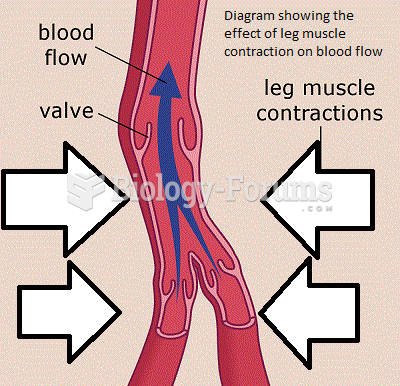This topic contains a solution. Click here to go to the answer
|
|
|
Did you know?
In the United States, there is a birth every 8 seconds, according to the U.S. Census Bureau's Population Clock.
Did you know?
In 2006, a generic antinausea drug named ondansetron was approved. It is used to stop nausea and vomiting associated with surgery, chemotherapy, and radiation therapy.
Did you know?
Critical care patients are twice as likely to receive the wrong medication. Of these errors, 20% are life-threatening, and 42% require additional life-sustaining treatments.
Did you know?
Many of the drugs used by neuroscientists are derived from toxic plants and venomous animals (such as snakes, spiders, snails, and puffer fish).
Did you know?
More than 4.4billion prescriptions were dispensed within the United States in 2016.
 While numerous subspecies of the jaguar have been recognized, recent research suggests just three. G
While numerous subspecies of the jaguar have been recognized, recent research suggests just three. G
 After excavation, recovered remains are screened to ensure that even tiny fragments are retrieved an
After excavation, recovered remains are screened to ensure that even tiny fragments are retrieved an





